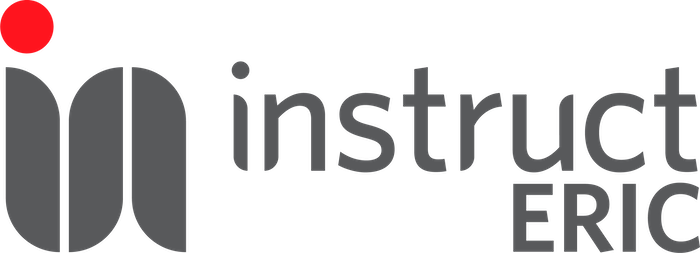Integrated structural biology
It is no longer sufficient to determine simply the structure and biochemical properties of a protein in vitro. In line with the trend towards systems biology, a major challenge now is understanding how that protein functions dynamically within a larger macromolecular assembly or in a cellular pathway or even at the organism level.
Understanding dynamic processes that are co-ordinated at a cellular level is not possible using a single technology, but becomes potentially accessible through the integration of a number of approaches, spanning different resolution scales. Instruct offers scientists access to world-class structural biology infrastructures and expertise that make such integration possible more rapidly and will create a coherent forum for structural biology. This forum will stimulate closer collaboration between scientific communities and initiatives in structural, cell and systems biology. The infrastructure will be developed as a dynamic, distributed research infrastructure consisting of complementary major Centres across Europe providing peer-reviewed access to all of the core structural biology technologies for excellent scientific projects, developing the next generation of instrumentation in partnership with industry, and providing training for structural biologists in cutting edge techniques, and training for other disciplines that need to be able to utilise or interpret structural information in order to foster integrative cellular, systems and structural biology.
Instruct allows ongoing development of, and user access to, state-of-the-art sample preparation and characterisation facilities and core structure determination technologies (e.g. NMR, electron microscopy, and X-ray crystallography) as well as newer structural biology technologies that are developing at the interface with cell biology (cryo-EM tomography, correlative microscopy, X-ray imaging, single molecule techniques, in-cell NMR). Through the integration of structural data derived using different technologies and on different length and time scales in vitro and in cells, we will be able to understand, on the basis of detailed atomic structure, how proteins, protein complexes or whole pathogens interact dynamically with their functional environment. This will require substantial developments in computational biology and bioinformatics, but promises to allow us to see in atomic detail the mechanisms by which healthy cells function and diseases progress. This fundamental understanding will underpin our ability to provide new therapeutics to meet the grand challenges of an ageing society, public health and global pandemics.
